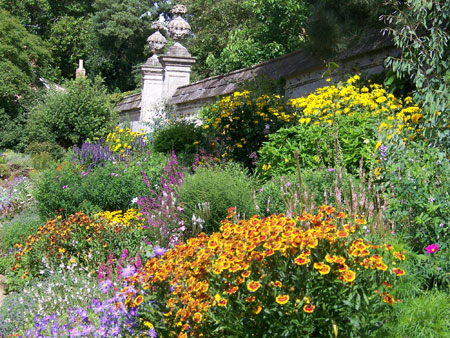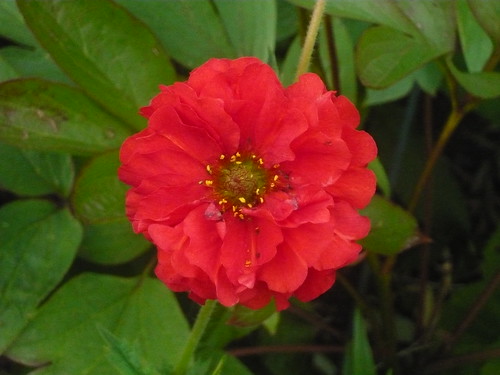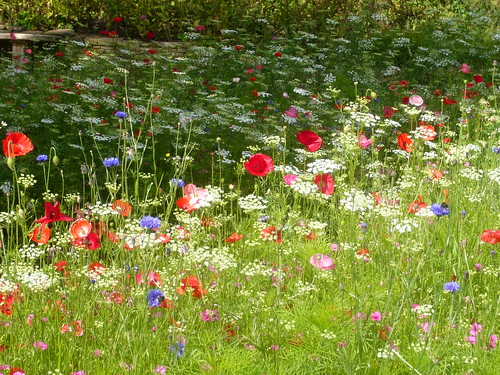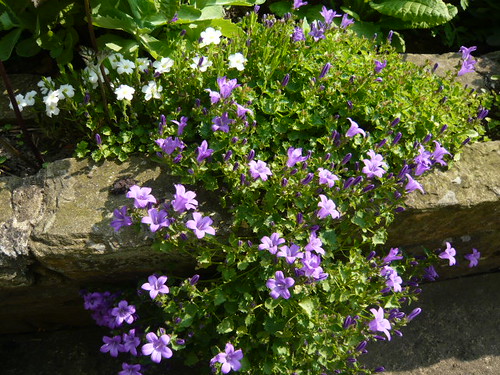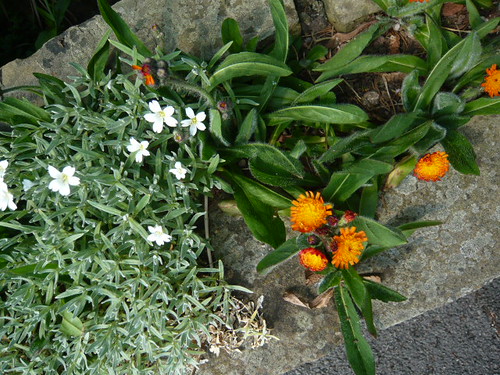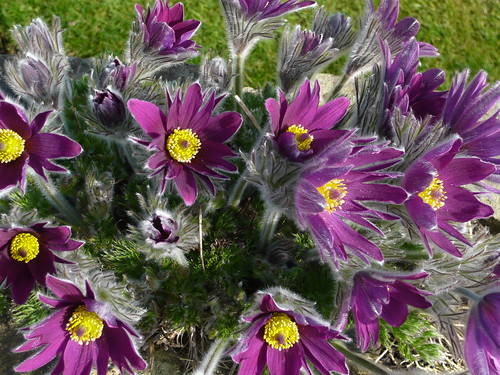Forcing Flower Bulbs
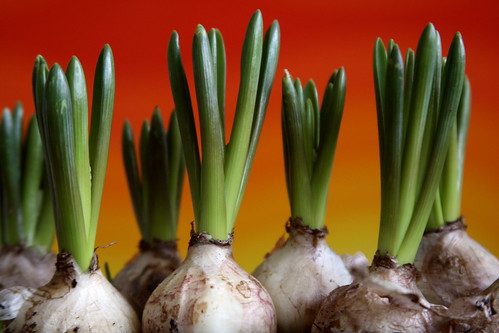
A bowl of flowering bulbs can be delightful in the depths of winter and you can force them to flower as early as Christmas.
Conditions for Forcing
- Bulbs need at least 4″ of compost for root development and good drainage in the pot.
- Forced bulbs need a period in the cold at 7-9º Centigrade.
- Dark conditions are also best
- If there is no suitable indoor space the pots can be buried outdoors in soil that is not too wet.
Timing for Forcing
- Plant the bulbs from 1st September until December. The earlier the start the earlier the flower.
- Short cooling periods equal short stumpy flowers, too long cooling will produce excessively long flower stems.
- After cooling, bring bulbs into the warmth and they will flower in 2-3 weeks.
| Bulb | Planting Date | No Weeks Chilled |
| Hyacinth prepared | 15.09 -15.12 | 10-12 |
| Hyacinth unprepared | 15.10 -01.12 | 11-13 |
| Tulip
Blenda, Prominence Arma, Yellow Present |
01.10-01.12 | 14-15
15-17 |
| Daffodil
Tete-a-Tete Carlton |
01.10-01.12 | 12-13
14-15 |
| Crocus | 01.10-01.11 | 14-15 |
| Iris Reticula | 01.10-01.11 | 12-13 |
| Muscari | 01.10-01.11 | 14-15 |
Amaryllis and Paperwhite Daffodils ( Tazeta narcissi) can be put straight into a warm room and do not need the chilling process. Hyacinths can be chilled at slightly warmer temperatures than other bulbs.



